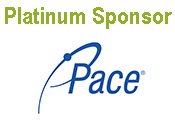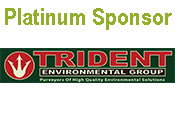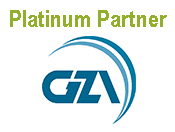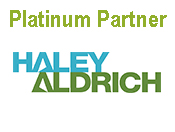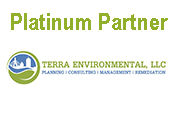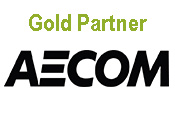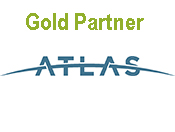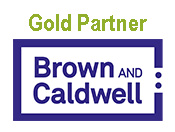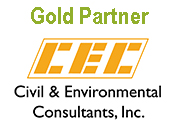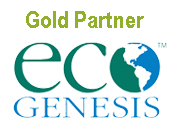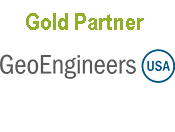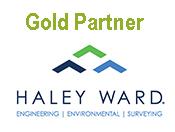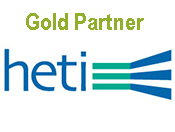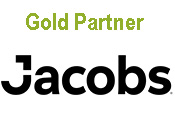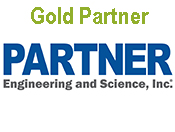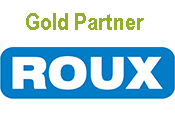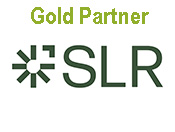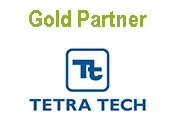|
Cost-Effective Remediation Through Enhanced Site Characterization
Thursday, December 03, 2020, 11:00 AM - 1:00 PM EDT
Category: Course - Live Webinar
LSPA Continuing Education Webinar:Cost-Effective Remediation Through Enhanced Site CharacterizationWhen: Thursday, December 3, 2020 This course has been approved by the LSP Board of Registration for 2.0 LSP Technical continuing education credits. This course is also being submitted for CT LEP credits.
Webinar Description: The webinar focuses on how enhanced remedial design characterization can lead to more cost- effective remedies over traditional approaches. This includes addressing how geologic stratigraphic sequencing (local and regional) may influence contaminant migration and distribution of in-situ chemical amendments. The approach also requires an understanding of the hydraulic conductivity of these units and geochemical parameters that might impact a remedy (i.e., biotic and abiotic degradation potential). Various field exploration techniques will be discussed including the use of high-resolution site characterization to optimize well screen placement. Several of these techniques require no additional cost and can be incorporated into a traditional investigation approach. An in-situ ISCO remediation case study will be presented to illustrate how enhanced characterization techniques were used to delineate multiple plumes (up to 4,000 linear feet) in distial deltaic deposits, resulting in cost savings by targeting the plumes mass. The greater detail led to a remedial design that reduced the greatest mass, followed by long-term monitored natural attenuation, rather than active remediation of the entire plume. Addition remedial optimization of amendment emplacement will also be discussed. The presentation will include time for questions and answers. |

 Prev Month
Prev Month View Month
View Month Search
Search Go to Month
Go to Month Next Month
Next Month
 Export Event
Export Event 